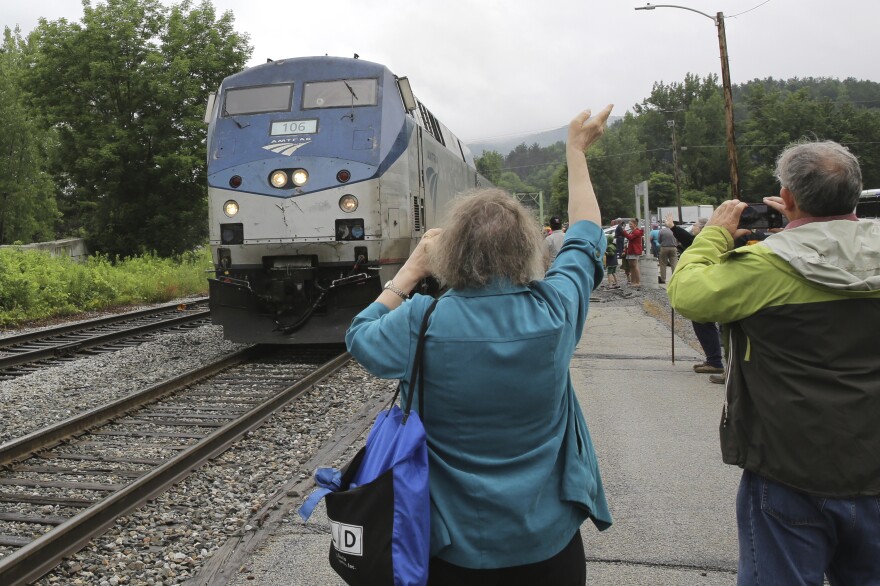ALLENTOWN, Pa. — As the proposed return of passenger rail service in the Lehigh Valley continues to run down the track, at least one Lehigh Valley Planning Commission member suggests the brakes be pumped on the express.
Richard D. Molchany said that while there is understandable excitement and enthusiasm about the initial study of the Lehigh Valley Passenger Rail Analysis, he advised the project should slow down a bit.
- Lehigh Valley Planning Commission member Richard D. Molchany said concern for taxpayers behind his suggestion to slow the passenger rail project
- Molchany said some residents may not want to spend more tax dollars on the project
- The first results of a study to determine the feasibility of the project will be released in October
“As we develop these plans, I want us to look at both sides of the argument,” Molchany said during an LVPC virtual transportation planning committee meeting Thursday.
“Some people are pro-rail. But there are those that say I don’t want to spend their tax dollars on infrastructure when we haven’t decided what our goal is by establishing rail.”
Molchany said the reason for his concern is the Lehigh Valley will have other significant challenges funding current and future projects separate from the passenger rail project.
He noted current projects over the next 25 years will cost $4 billion.
'It's going to take money'
LVPC Executive Director Becky A. Bradley said the project would take more than 20 years before the first train pulls out of the station.
The passenger rail analysis is a $300,000 state Transportation Department-funded study that will go a long way in determining the possibility of a return of rail service to the Lehigh Valley for the first time in 40 years.
“We have to make sure the municipalities here know it’s going to take money."Richard D. Molchany, Lehigh Valley Planning Commission
The study will evaluate potential alignments between Lehigh Valley and New York City/Newark, N.J., Philadelphia and Reading, according to WSP, a project consulting group from Philadelphia.
The study also is considering various types of rail that could be built — specifically intercity rail such as Amtrak, higher speed, longer distances and shared with freight rail.
“We have to make sure the municipalities here know it’s going to take money,” Molchany said. “It’s more than putting down tracks and putting people to and from.”
Bradley said it is “fantastic” that PennDOT is funding this study. She noted the benefits of having PennDOT as the lead agency on this topic in the commonwealth and the LVPC as the lead agency in the valley.
“Having this coordination is really important,” Bradley said. “It’s not something the Lehigh Valley can do on its own.
“What this study will do and is doing is meet federal standards of analysis this time. Previous analyses did not meet the first set of requirements to see if it’s OK for funding.”
Next steps in the project
Bradley said most rail systems are federally funded projects funneled to the state transportation department. She added the study needs to meet those standards.
“Rick raises interesting questions.”LVPC Transportation Committee Chairman Kent Herman
“Obviously, if you have an infrastructure created that facilitates a movement in these municipalities, you have to know what impact it will have on housing, real estate values, and infrastructure,” LVPC Transportation Committee Chairman Kent Herman said.
“Rick raises interesting questions.”
The Transportation Study Committee announced last year it was collaborating with PennDOT to conduct the analysis. The PennDOT study will, in part, determine the potential passenger service and viability of rail infrastructure in and around the Valley.
It also will indicate the next steps of the project, including funding and environmental considerations. Factors such as service alternatives and ridership potential also will be included in the study.
The project, which was announced last summer, could take at least 20 years to complete, at the earliest.
Commuter rail such as SEPTA or New Jersey Transit, moving commuters between metropolitan areas, and rail transit, which is heavy rail operations such as the New York City subway, also are being explored.


